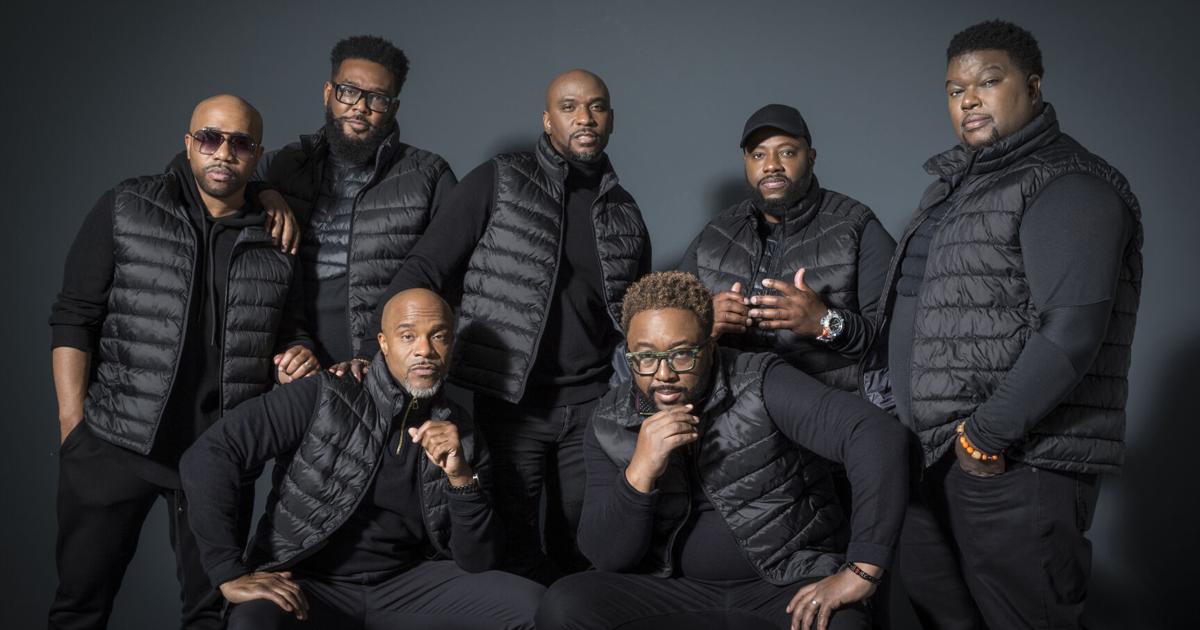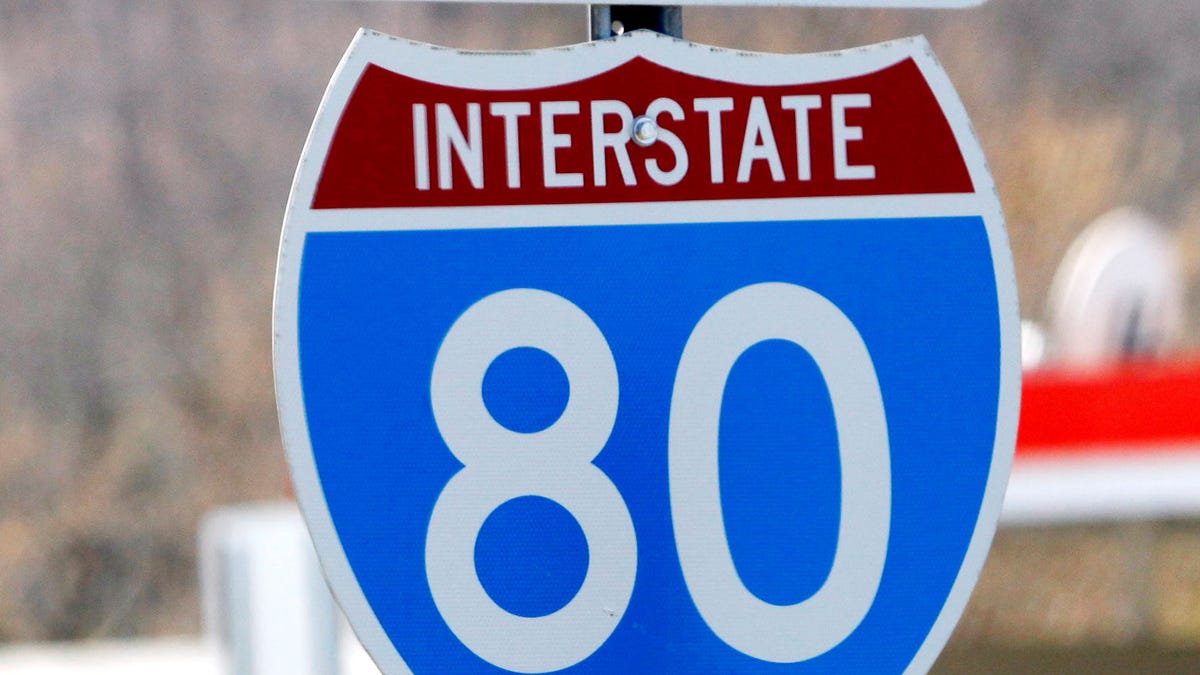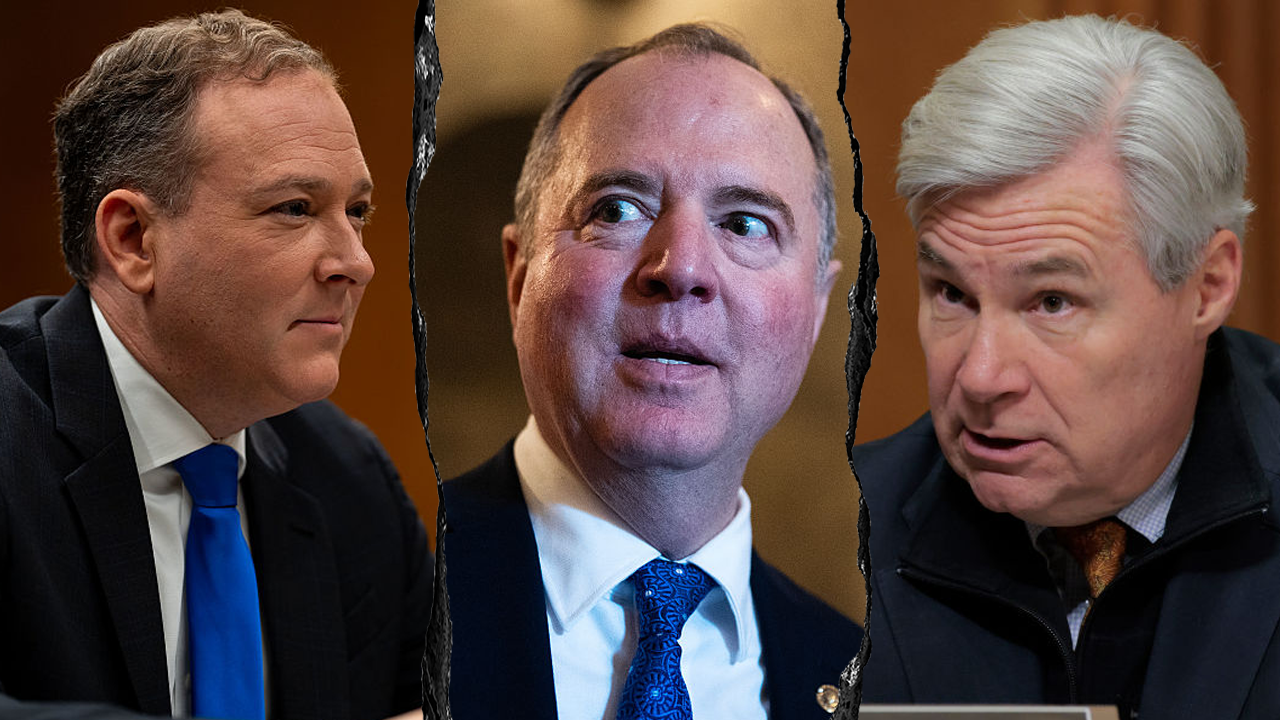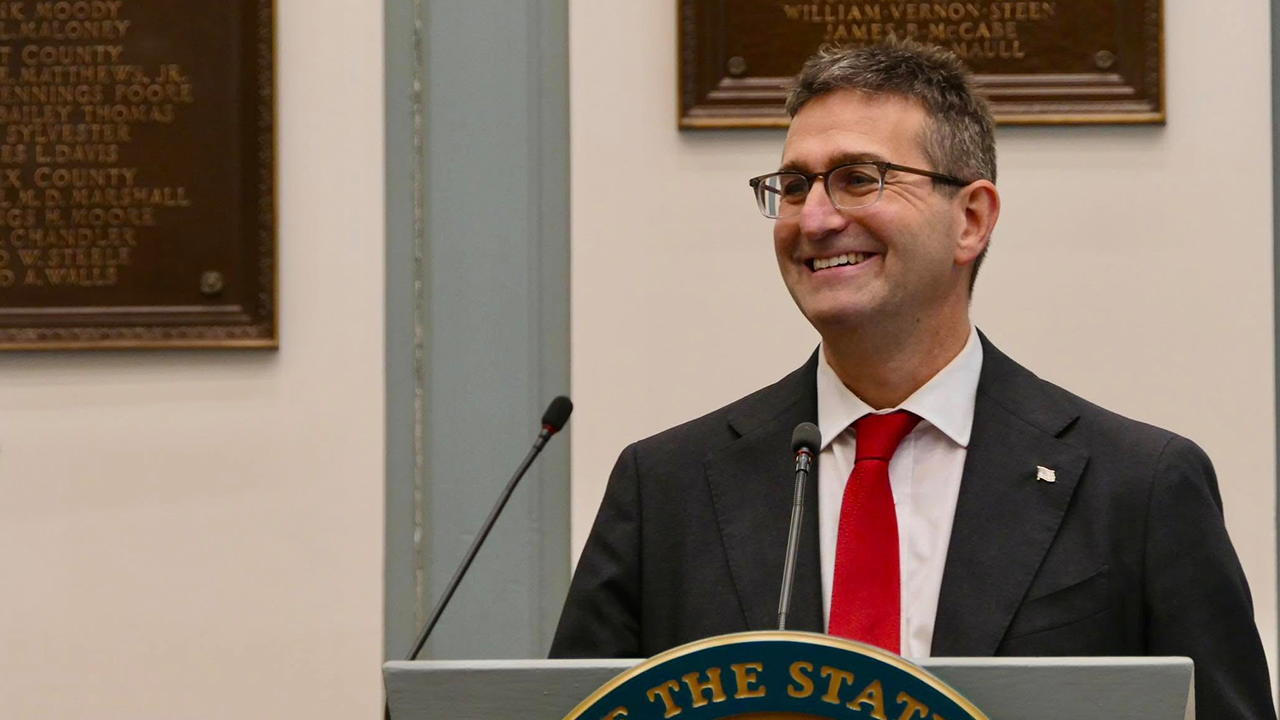Business
Elon Musk’s SpaceX reportedly valued at $175 billion or more in tender offer
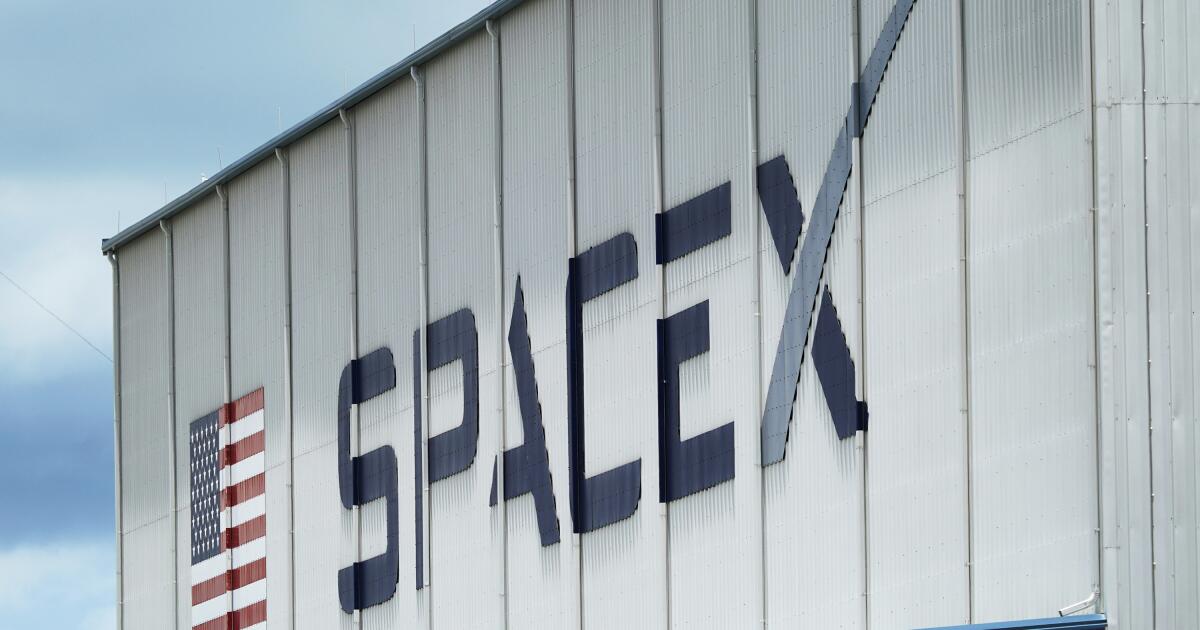
Elon Musk’s SpaceX has initiated discussions about selling insider shares at a price that values the closely held company at $175 billion or more, according to people familiar with the matter.
The most valuable U.S. startup is discussing a tender offer that could range from $500 million to $750 million, said some of the people, who asked not to be identified because the information is confidential. SpaceX is weighing offering shares at about $95 apiece, the people said.
Terms and the size of the tender offer could change depending on interest from both insider sellers and buyers.
A $175-billion valuation is a premium to the $150-billion valuation the company obtained through a tender offer this summer. The increase would make SpaceX one of the world’s 75 biggest companies by market capitalization, on par with T-Mobile USA ($179 billion), Nike ($177 billion) and China Mobile ($176 billion), according to data compiled by Bloomberg.
Representatives for SpaceX, formally known as Space Exploration Technologies, didn’t immediately respond to a request for comment.
The Hawthorne-based company dominates the market for commercial space launch services with its Falcon rockets. SpaceX also sends payloads to orbit for private-sector customers, as well as for NASA and other government agencies.
SpaceX also operates its internet-from-space Starlink service, anchored by a growing constellation of satellites in low-Earth orbit.
SpaceX is on track to book revenues of about $9 billion this year across its rocket launch and Starlink businesses, Bloomberg News reported last month, with sales projected to rise to around $15 billion in 2024. The company is also discussing an initial public offering for Starlink as soon as late 2024 — a bid to capitalize on robust demand for communications via space.

Business
OpenAI teams up with former Apple design chief Jony Ive as AI race heats up

Jony Ive, a former Apple executive known for designing the iPhone, is joining forces with OpenAI, the San Francisco startup behind popular chatbot ChatGPT.
On Wednesday, OpenAI said it’s buying io, an AI devices startup that Ive founded a year ago, for nearly $6.5 billion in an all-stock deal, the largest acquisition in OpenAI’s history.
“We have the opportunity here to kind of completely reimagine what it means to use a computer,” OpenAI Chief Executive Sam Altman said in a video with Ive about the partnership.
The pair don’t specify what AI devices they’re working on, but Altman called it “the coolest piece of technology that the world will have ever seen.”
The partnership shows how OpenAI is taking on some of the world’s most powerful tech companies including Google, Apple and Meta that are also working on AI-powered devices to shape the future of computing.
Chirag Dekate, a VP analyst at Gartner, said the announcement reflected an “inflection point” in the tech industry, where future products and services will offer users more personalized and proactive assistance.
“This shift suggests a future where technology is less about the tools themselves and more about the intelligently orchestrated experiences they enable,” he said in an email.
Globally, spending on generative AI is expected to total $644 billion in 2025, an increase of 76.4% from 2024, according to a forecast by Gartner, a research and advisory firm based in Connecticut that focuses on technology.
The race to build AI-powered wearable gadgets and roll out more AI tools that can generate video, text and code and help people shop also means that major tech companies are recruiting top-tier talent. Earlier in May, OpenAI hired Fidji Simo, a former top Meta executive and the chief executive of grocery delivery startup Instacart, to lead the startup’s applications team.
Ive, a British American designer, is a well-known figure in the tech industry because he designed some of Apple’s iconic products such as the Macbook, iPhone, iPad and iPod. Joining Apple in the 1990s, Ive became Apple’s chief design officer in 2015.
He left the company in 2019 and started LoveFrom, a creative collective and design firm that worked with brands including OpenAI.
Silicon Valley tech companies have been working on gadgets, including headsets and glasses, for years but they’re still not as ubiquitous as the smartphone.
There have also been major flops such as Humane’s AI pin, a wearable virtual voice-operated assistant that was criticized for various issues such as providing inaccurate information and overheating. In February, San Francisco-based Humane shut down the AI pin after it was acquired by Hewlett-Packard.
But the fumbles haven’t stopped tech companies from barreling forward with building glasses, brain-computer interfaces and humanoid robots as they look to a future beyond the smartphone.
When Google released smart glasses in 2013 that could shoot photos and videos, the company faced concerns about people using the device to surreptitiously record other people or read text while ignoring others.
But the gadget resurfaced years later. This week, Google unveiled a prototype of its AI smart glasses at its annual I/O developer conference in Mountain View, demonstrating how people can use the device to search for information about a painting, travel and other topics without having to type on their smartphone. The search giant is partnering with eyewear brands Warby Parker and Gentle Monster on smart glasses.
Last year, Santa Monica-based Snap unveiled the fifth generation of Spectacles, its augmented reality glasses that overlay digital objects on the physical world. The device, which was only available for developers, allowed people to play with virtual pets, conjure up images with a voice command or swing a virtual golf club.
Meta teamed up with Ray-Ban on smart glasses that include an AI assistant that can answer questions, translate and help take a photo. It’s also working on a more powerful pair of AR glasses that lets people take video calls, get recipe recommendations and multitask in other ways.
And Apple, which unveiled a pricey mixed-reality headset known as the Vision Pro in 2023, is also reportedly working on smart glasses.
In the video with Altman, Ive said the products that people use to connect to technology are decades old, so it’s “just common sense to at least think surely there’s something beyond these legacy products.”
“I have a growing sense that everything I’ve learned over the last 30 years has led me to this place and to this moment,” Ive said in the video.
Business
Darren Aronofsky joins AI Hollywood push with Google deal

Director Darren Aronofsky has pushed artistic boundaries with movies including “Requiem for a Dream” and “Mother!”
Now his production company is working with Google to explore the edge of artificial intelligence technology in filmmaking.
Google on Tuesday said it is working with several filmmakers to use new AI tools as part of a larger push to popularize the fast-moving tech. That effort includes a partnership with Aronofsky’s venture, Primordial Soup.
Google’s AI-focused subsidiary DeepMind and Aronofsky’s firm will work with three filmmakers, giving them access to the Mountain View, Calif.-based giant’s text-to-video tool Veo, which they will use to make short films. The first project, “Ancestra,” is directed by Eliza McNitt. Aronofsky is an executive producer on the film. “Ancestra,” which premieres at the Tribeca Festival next month, combines live-action filmmaking with imagery generated with AI, such as cosmic events and microscopic worlds.
“Filmmaking has always been driven by technology,” Aronofsky said in a statement that referenced film tech pioneers the Lumiere brothers and Thomas Edison. “Today is no different. Now is the moment to explore these new tools and shape them for the future of storytelling.”
The push comes as Google and other companies are making deals with Hollywood talent and production companies to use their AI tools. For example, Facebook parent company Meta is partnering with “Titanic” director James Cameron’s venture, Lightstorm Vision, to co-produce content for its virtual reality headset Meta Quest. New York-based AI startup Runway has a deal with “Hunger Games” studio Lionsgate to create a new AI model to help with behind-the-scenes processes such as storyboarding.
Many people in Hollywood have been critical of AI tools, raising concerns about the automation of jobs. Writers worry about AI models being trained on their scripts without their permission or compensation. Tech industry executives have said that they should be able to train AI models with content available online under the “fair use” doctrine, which allows for the limited reproduction of material without permission from the copyright holder.
Proponents of the technology say that it can provide more opportunities for filmmakers to test out ideas and show a variety of visuals at a lower cost.
New York-based Primordial Soup said in a press release that Google’s AI tools helped solve “practical challenges such as filming with infants and visualizing the birth of the universe” in “Ancestra.”
“With ‘Ancestra,’ I was able to visualize the unseen, transforming family archives, emotions, and science into a cinematic experience that feels both intimate and expansive,” McNitt said in a statement.
The two additional filmmakers and films participating in the Google DeepMind-Primordial Soup deal are not yet named.
Google made the announcement as part of its annual I/O developer conference in Mountain View.
During the event’s keynote address on Tuesday, Google shared updates on its AI tools for filmmakers, including Veo 3, which allows creators to type in how they want dialogue to sound and add sound effects. The company also unveiled a new AI filmmaking tool called Flow that helps users create cinematic shots and stitch together scenes into longer films and short stories.
“This opens up a whole new world of possibilities,” said Demis Hassabis, chief executive of Google DeepMind, in a news briefing on Monday. “We’re excited for how our models are helping power new tools for creativity.”
Flow is available through Google’s new $249.99 monthly subscription plan Google AI Ultra, which includes early access to Veo 3, as well as other benefits including YouTube Premium, Google’s AI models Gemini and other tools. Flow is also available with a $19.99-a-month Google AI Pro subscription.
Google is making other investments related to AI. On Tuesday, L.A.-based generative AI studio Promise announced Google AI Futures Fund as one of its new strategic investors. Through the partnership, Promise will integrate some of Google’s AI technologies into its production pipeline and workflow software and collaborate with Google’s AI teams.
Business
Commentary: Who's responsible for the aviation mess? Transportation Secretary Duffy says it's everyone but him

Picking out the worst performer among Donald Trump’s Cabinet appointees is a tough job — it’s a competitive race, after al l— but one member who deserves to be in the running by almost any measure of incompetence is Sean Duffy, the secretary of Transportation.
Duffy is a classic example of someone who knows who’s responsible for the screwups on his watch, and it’s never him.
He has spent the last weeks and months blaming the Biden administration for numerous operational failures in our air traffic system since he took over. Those include the Jan. 29 midair collision over Washington, D.C., that cost 67 air passengers their lives, as well as several near-misses on the ground.
I think we need to be a little bit more precise in downsizing a department with a mission as critical as DOT’s.
— Rep Steve Womack (R-Ark.)
Some Trump Cabinet members have more important portfolios than Duffy —Homeland Security Secretary Kristi Noem and Defense Secretary Pete Hegseth, neither of whom has displayed anything approaching basic competence at their job, come immediately to mind.
But the American public is bound to be particularly sensitive to the functioning of our transportation infrastructure. That’s especially true when it comes to the safety and reliability of air travel; every flight delay and safety-related mishap hits American travelers in the gut.
The highest-profile failure (so far) is the disaster named Newark Liberty International Airport, where flight delays can last for the better part of a day and questions about safety are rife.
Duffy, a former reality show contestant and four-term congressman, comes to the blame game with dirty hands. Let’s take a look.
First, here’s what he’s said about the condition of FAA operations and staffing.
“I think it is clear that the blame belongs with the last administration,” he said Monday during a news conference at DOT headquarters. “Pete Buttigieg and Joe Biden did nothing to fix the system that they knew was broken.” He said, “During COVID, when people weren’t flying? That was a perfect time to fix these problems.”
A couple of points are pertinent here. First, in 2019, when Duffy was a Republican member of Congress from Wisconsin, the bill to fund the Department of Transportation among other agencies came before the House. Duffy voted against it. So did 179 other members of the GOP caucus; 12 Republicans joined the Democrats to pass the measure.
Second, the pandemic year in which “people weren’t flying” was 2020. That year, the domestic passenger count plummeted to 369.4 million from 926.7 million the previous year. It was the lowest figure since 1984.
Who was president in 2020? Not Biden, but Donald Trump.
After 2020, passenger loads crept back up, reaching 666.2 million in 2021 and continuing higher to the record of 982.7 million last year. If there was an opportunity to upgrade the air traffic system at the least inconvenience to passengers, it was 2020. But nothing was done then, on Trump’s watch.
I asked the Department of Transportation last week if Duffy could reconcile these evidently misleading and inconsistent statements. I’m still waiting for a reply.
Duffy has maintained that it’s still safe to fly in and out of Newark, despite outages during which air traffic controllers’ screens went black and radios went silent — for 30 seconds on April 28 and 90 seconds on May 9. A backup system failed at the airport May 11 for 45 minutes, causing delays and cancellations for hundreds of flights.
Duffy admitted to the right-wing radio host David Webb on May 12 that he had switched his wife’s flight reservation for the next day from Newark to LaGuardia airport. He subsequently explained that he didn’t say to do so because he thought Newark was unsafe, but to spare her a long delay. In other words, he had found a solution for his family, but not for the overall traveling public, which didn’t speak well for his management of the mess at Newark.
It’s proper to note that the Federal Aviation Administration has been in an operational funk for years. Duffy can try to blame Biden, but that’s a smokescreen. During Trump’s first term, when the FAA’s problems were well known, hiring and deployment of air traffic controllers actually shrank from the level during the Obama administration according to the DOT’s inspector general, to the point where staffing “could not keep pace with attrition.”
In the first budget he submitted after taking office in 2017, Trump proposed slashing the DOT budget by 13%. The budget plan called for cutting 30,000 workers from the FAA staff.
The problems date back even further — at least to 1981, when Ronald Reagan fired 11,000 air traffic controllers at a single blow to break their union. A frenzy of hiring and training followed, but the replacement cohort has passed its retirement age. The FAA is currently about 3,000 controllers shy of its target staffing, so the people on the job are stretched to their breaking point.
It isn’t as if Trump and Duffy pulled out all the stops to fix the FAA’s chronic problems upon taking office. Some 3,000 “probationary” employees at the agency were fired during a DOGE rampage, according to a count by the Professional Aviation Safety Specialists, the union representing safety and technical workers at the FAA, and a statement by Rep. Steve Womack (R-Ark.), chair of the subcommittee overseeing the Transportation Department budget. The probationary firings and two subsequent rounds of buyouts will bring staffing at the DOT down by 12% since Trump took office.
During appearances last week before the House and Senate appropriations committees, Duffy boasted about saving taxpayers nearly $10 billion during the first 100 days of the Trump administration. That provoked Womack to riposte, “I think we need to be a little bit more precise in downsizing a department with a mission as critical as DOT’s. … The question is pretty simple: How many departures can you handle without eroding the ability to carry out a safe and effective mission?”
“We can do more with less, Mr. Chairman,” Duffy replied. When staff accept buyout offers to retire or resign, he said, “we should take them up on that. … If I have people who don’t want to be there, let’s get some people in who are hungry to do the work.” Indeed, after the first round of firings at the FAA, DOGE boss Elon Musk issued a public appeal that air traffic controllers who had “retired, but are open to returning to work, please consider doing so.”
Furthermore, Trump’s freeze on disbursement of funds from Biden’s Infrastructure Investment and Jobs Act and Inflation Reduction Act encompassed modernization projects at airports nationwide.
Musk’s fingerprints were also on the resignation of FAA Administrator Michael Whitaker, a former airline executive and former FAA deputy administrator who had been unanimously confirmed to a five-year term in October 2023. Whitaker resigned as of Jan. 20 after clashing with Musk over the FAA’s oversight of SpaceX, which Musk owns.
Trump has nominated Republic Airways Chief Executive Bryan Bedford as his replacement, but Bedford hasn’t been confirmed.
During his Senate appropriations committee testimony on Thursday, Duffy maintained that his budget cuts and firings hadn’t compromised safety at all. He specifically denied that any air traffic controllers had been fired or offered buyouts.
Unfortunately for Duffy, Sen. Patty Murray (D-Wash.), a lawmaker whose mild demeanor masks her habit of coming to a debate with hard information in hand, was in the room. She listed for Duffy all the steps he had taken that had caused “unacceptable chaos” in the air transport system.
Since Jan. 20, she said, “virtually every dollar and transportation project has been held up at some point. You are causing a traffic jam, from freezing funding for projects to creating new hurdles by reevaluating grants that had already been approved, adding red tape by forcing unacceptable political demands on state and local transportation agencies, and outright canceling and cutting grants. … No prior Transportation secretary has cut funding for previously awarded grants in this manner.”
As for Duffy’s blaming the Biden administration “for absolutely everything,” Murray continued, “the last administration did not make the decision to hold up thousands of grants, had nothing to do with the new red tape that you have created, and certainly did not let go of hundreds of staff to help get those grants out the door.”
Turning to Duffy’s assertion that no air traffic controllers had been fired or bought out, Murray told him, “While you talk about modernizing the air traffic control system, you have forced out more than 2,000 FAA employees who support those air traffic controllers — the technicians, the mechanics, the engineers, the IT specialists at the FAA who were working on modernization.”
Duffy, indeed, stepped on his own arguments. He complained that the Biden administration had saddled him with some 3,200 contracts that had been awarded but needed to be signed. But he acknowledged that he had to go through those contracts to eliminate provisions he thought smacked of “wasteful DEI and climate requirements.” These are ideological shibboleths and by no means “wasteful,” since DOT projects have manifest effects on the welfare of residents in the communities where they’re built or planned and on climate change itself.
As it happens, on April 24, Duffy sent a letter to all recipients of DOT funds —effectively virtually every state and thousands of local jurisdictions, warning them that pursuing “DEI goals … violates federal law.” He threatened explicitly to withhold DOT funding from jurisdictions that fail to cooperate with federal immigration authorities. This is the “red tape” that Murray referenced.
Whether DEI programs and failures to cooperate with federal immigration roundups really violate federal law, as Duffy asserted, is not remotely a settled legal question, but the matter is before federal judges across the land. The fact that Duffy is wasting his time by making these threats and combing through awarded contracts to ferret out such putative violations is, however, a settled question: Of course he is.
It may not be long now before Duffy’s ideological vetting of transportation contracts and his decimation of the working staff at the FAA cause even greater disruptions in the air and on land, potentially with fatal consequences. His efforts to blame everyone else for his own failures are sure to have a very short half-life. Raise your tray tables and your reclining seats, and fasten your seat belts. We may be coming in for a hard landing.
-

 Education1 week ago
Education1 week agoA Professor’s Final Gift to Her Students: Her Life Savings
-

 Politics1 week ago
Politics1 week agoPresident Trump takes on 'Big Pharma' by signing executive order to lower drug prices
-

 Culture1 week ago
Culture1 week agoTest Yourself on Memorable Lines From Popular Novels
-

 Education1 week ago
Education1 week agoHarvard Letter Points to ‘Common Ground’ With Trump Administration
-

 News1 week ago
News1 week agoAs Harvard Battles Trump, Its President Will Take a 25% Pay Cut
-

 Culture1 week ago
Culture1 week agoBook Review: ‘Original Sin,’ by Jake Tapper and Alex Thompson
-

 News1 week ago
News1 week agoWhy Trump Suddenly Declared Victory Over the Houthi Militia
-

 News1 week ago
News1 week agoAustin Welcomed Elon Musk. Now It’s Weird (in a New Way).

